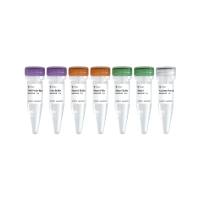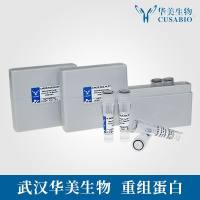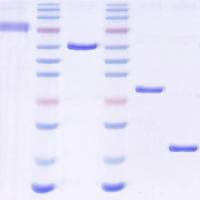Filamentous Fungi (Magnaporthe grisea and Fusarium oxysporum)
互联网
747
A better understanding of fungal biology will facilitate judicious use of beneficial fungi and will also advance our efforts to control pathogenic fungi. Molecular studies of fungal biology have been greatly aided by transformation-mediated mutagenesis techniques. Transformation via nonhomologous integration of plasmid DNA bearing a selectable marker (e.g., antibiotic resistance gene) has been widely used for the random insertional mutagenesis of fungi—as an alternative to chemical and radiation mutagens—mainly because the integration of plasmid into the genome provides a convenient tag for subsequent identification and isolation of the mutated gene. Homologous recombination between a target gene on the chromosome and the introduced DNA carrying its mutant allele results in targeted gene knock-out. An important advance in fungal transformation methodology is the development of Agrobacterium tumefaciens -mediated transformation (ATMT) protocols for fungi. ATMT has been successfully applied to a phylogenetically diverse group of fungi and offers a number of advantages over conventional transformation techniques in both the random insertional mutagenesis and targeted gene knock-out. In this chapter, we describe ATMT protocols and vectors for fungal gene manipulation using two plant pathogenic fungi, Magnaporthe grisea and Fusarium oxysporum , as target organisms.









